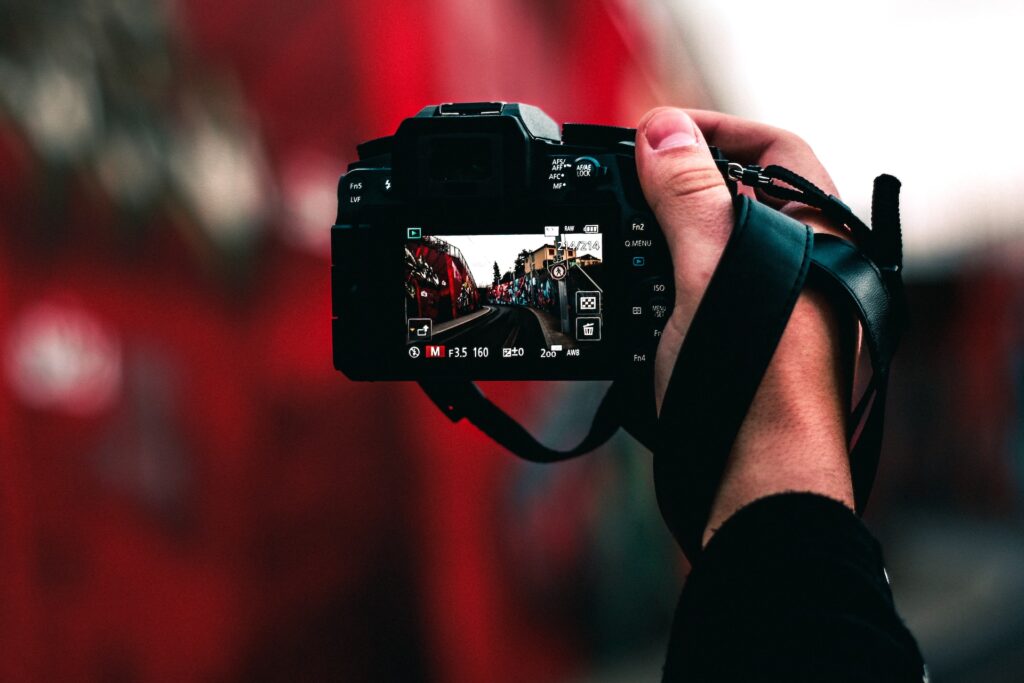For those who have ever pondered the inception of color photography, the answer lies in a journey through time. Peerspace, a hub for photographers both professional and amateur, sets out to shed light on this intriguing question.
A Distinction: Color Photograph vs. Colorized Photograph
Before diving into the timeline, it is essential to differentiate between an original color photograph and a colorized version of a monochrome image. The practice of adding color to black and white photos existed since the early days of monochrome photography in 1850. People sought to enhance the visual appeal and accuracy of these reproductions by manually incorporating color.
However, the true breakthrough in color photography came in 1861 when James Clerk Maxwell and Thomas Sutton unveiled their invention. By capturing the same image three times with red, green, and blue filters, they successfully assembled the first full-color photograph as we recognize it today.
The Popularity of Color Photography
Despite the groundbreaking discovery, color photography did not immediately dominate the scene. The everyday home photographer, who primarily captured moments like birthdays and vacations, only started adopting color photography in the 1960s and 1970s.
Two significant obstacles hindered its early adoption. Firstly, color photographs struggled to reproduce accurately in indoor lighting conditions. Secondly, the complex color film was considerably more expensive than monochrome alternatives. Even renowned photographers like Ansel Adams mostly stuck to monochrome, as color photography lacked the fine-tuning and control they sought.
Kodak’s Regrettable Oversight
A dark chapter in the history of photography involves Kodak, the major player in home photography until the 1970s. A regrettable blind spot emerged when it came to properly calibrating their photo-developing machines for medium and dark-complexioned individuals. Kodak only provided samples featuring fair-complexioned models, leading to under-exposed photos that failed to capture facial details accurately.
Color in Movies and TV
Contrary to popular belief, “The Wizard of Oz” was not the first color movie to grace the silver screen. The distinction of the initial color movie belongs to a French film in 1903 titled “Vie et la passion de Jésus Christ,” which employed hand-coloring techniques to accentuate important parts of each frame.
The first American feature-length movie captured in Technicolor was “The Gulf Between” in 1917. However, it faced technical challenges and failed commercially, delaying the widespread adoption of color in film. It was not until the advancement of Technicolor’s process in 1954, coupled with the need to compete with home entertainment on TVs, that color became the norm in the film industry.
Despite this shift, some films, like “Young Frankenstein” (1974) and “The Artist” (2011), chose to embrace the artistic appeal of black and white. Even the 2019 Best Picture winner, “Parasite,” received a special monochrome re-release, offering a unique cinematic experience.
Technicolor and Kinemacolor
The journey to full-color films saw two significant processes emerge: Kinemacolor and Technicolor. Kinemacolor, developed in 1906, involved colorizing black and white films after shooting, while Technicolor underwent several iterations before becoming a game-changer. By 1954, Technicolor had evolved into a reliable and compact process, paving the way for color to dominate the film industry.
The Transition of TV Shows to Color
The transition of television shows from black and white to color followed a similar trajectory as home photography. Budget constraints and the prevalence of black and white TV sets in American households delayed the widespread adoption of color programming. However, as competition among TV networks intensified, they began producing more color content, prompting consumers to invest in color television sets.

Embrace Color Photography at Peerspace
Although there isn’t a single date marking the complete transition to color photography, various milestones mark its evolution. From the first colored light captured in 1861 to widespread use in the 1960s and dominance in films since the 1950s, color photography has come a long way. Aspiring photographers can now explore and practice their skills in vibrant and unique spaces available for rent on Peerspace. With a wide array of colorful backdrops and settings, Peerspace offers a perfect canvas for capturing the brilliance of color photography.
Conclusion
In the quest to uncover the origins and journey of color photography, a fascinating tale of innovation, challenges, and artistic choices unfolds. From the early experimentation with colorization in monochrome images to the groundbreaking invention of true color photography in 1861, the evolution was set in motion. Over the years, color photography gradually won the hearts of photographers and the public alike, ultimately becoming the norm in both home photography and filmmaking.
- Despite the setbacks and challenges faced by the pioneers of color photography, their dedication paved the way for the vibrant and captivating world we experience through photos and films today. From the humble beginnings of hand-colored films to the revolutionary processes of Technicolor, the world embraced the allure of a world painted in vivid hues;
- While some artistic outliers continue to embrace the timeless charm of black and white imagery, the vast majority of visual media now captures the world in all its colorful glory. This transition allowed photographers and filmmakers to unleash their creativity and express emotions in an entirely new dimension;
- Aspiring photographers and filmmakers can now explore their artistic talents and celebrate the power of color at Peerspace. With an extensive range of unique and colorful spaces available for rent, Peerspace offers a canvas for creative minds to craft their masterpieces.
The journey from black and white to color photography stands as a testament to human ingenuity and the relentless pursuit of beauty in all its forms. So, whether you’re a seasoned professional or an enthusiastic hobbyist, let the world of color photography inspire you to capture moments that resonate with the vibrancy of life itself.
